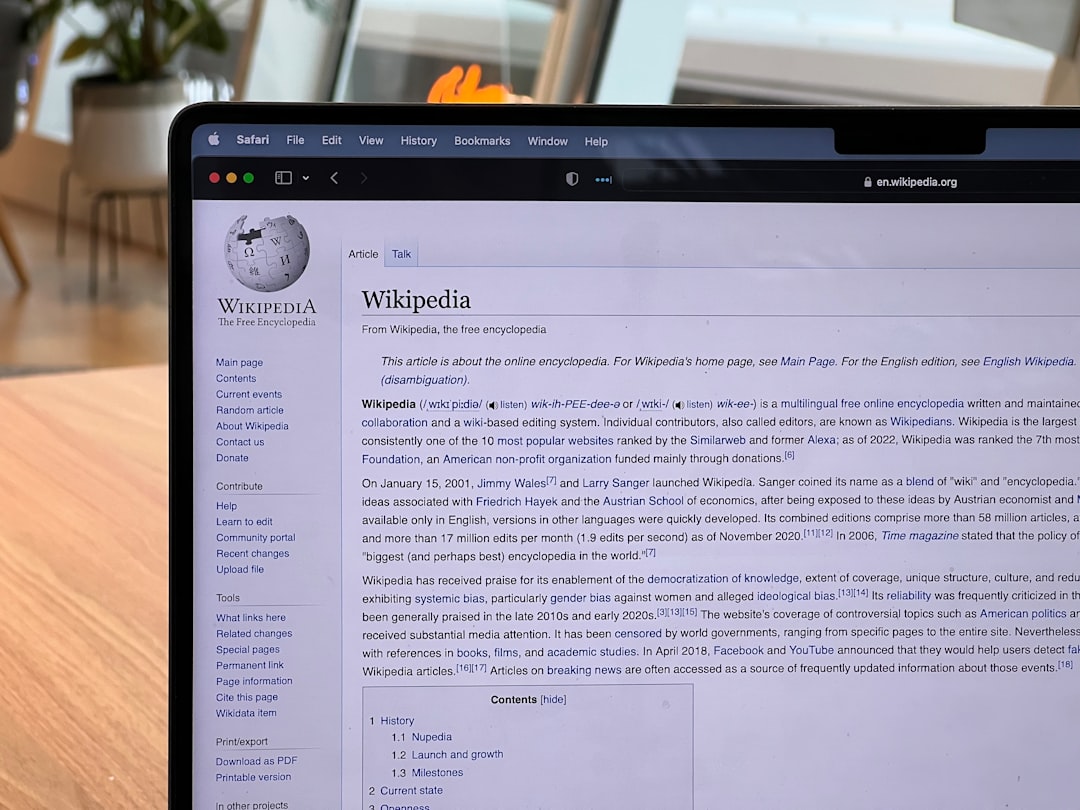Microsoft Outlook is a powerful tool used by millions of professionals every day to manage emails, calendar appointments, and other communication-related tasks. However, like any complex software, Outlook is susceptible to occasional errors. One such error that has caused confusion among users is the PII_Email_E7AB94772079EFBBCB25 error code. This issue often disrupts the functionality of your Outlook and can be particularly frustrating when it affects work productivity or sensitive communication.
This article delves into what the error means, the possible causes, and most importantly—how to resolve it effectively and prevent it from happening again.
What Does PII_Email_E7AB94772079EFBBCB25 Mean?
PII stands for “Personally Identifiable Information.” When Outlook generates an error code like PII_Email_E7AB94772079EFBBCB25, it usually relates to a conflict involving personal data that has been either misconfigured or exposed inappropriately. The alphanumeric string following “PII_Email” is a unique identifier tied to the issue but does not disclose personal information itself.
Common occurrences of this error may arise when using a misconfigured Outlook account, an outdated application version, or conflicting third-party add-ins.

Causes of the Error
Understanding the cause is the first step toward an effective solution. Below are some common reasons why the error occurs:
- Improper installation or configuration: Incorrect settings during installation can lead to corruption and conflict.
- Multiple account logins: Logging into several accounts simultaneously can confuse system authentication processes.
- Outdated Outlook version: Using an older version may not be compatible with recent security or server updates.
- Corrupt Outlook data: Damaged PST/OST files can trigger unexpected errors.
- Use of unauthorized or pirated versions: These versions might override genuine configurations, causing functionality breakdowns.
How to Resolve the PII_Email_E7AB94772079EFBBCB25 Error
Below are reliable and proven methods to permanently fix this specific Outlook error:
1. Clear All Cached Data and Cookies
Often, cached data can lead to errors. Go to your browser settings, find the “Clear browsing data” section, and delete your cached files and cookies. Restart the browser before logging into Outlook again.
2. Check for Multi-Account Conflicts
If you have multiple Outlook accounts logged in simultaneously, log out from all accounts and only log back into the primary one. Observe if the error still persists.
3. Update Outlook to the Latest Version
Running an outdated Outlook version can lead to compatibility issues. Check for updates through:
- File → Office Account → Update Options → Update Now
Install the latest patches and restart Outlook.
4. Reinstall Outlook
If updating does not solve the problem, uninstall and reinstall Outlook. This ensures all damaged or missing files are replaced.

5. Use the Windows Troubleshooter
Windows provides built-in troubleshooters to identify and fix issues. Search for “Troubleshoot Settings” in the Windows search bar, then select “Outlook/Email Troubleshooter” under Additional Troubleshooters.
6. Remove Problematic Third-Party Add-ins
Navigate to:
- File → Options → Add-ins
Disable all add-ins and re-enable them one by one while checking for the error. This will help isolate any add-in causing the issue.
7. Contact Microsoft Support
If none of the above solutions work, it’s advisable to reach out to Microsoft Support. They can walk you through specialized diagnostics to resolve the issue.
Precautionary Measures to Prevent Reoccurrence
Once the issue is fixed, consider the following practices for long-term reliability:
- Use one Outlook account per session to minimize authentication conflicts.
- Update software regularly to stay ahead of bugs and compatibility issues.
- Backup important emails and data to avoid loss during future crashes or errors.
- Install verified software only, avoiding pirated or modified applications.
Conclusion
The PII_Email_E7AB94772079EFBBCB25 error in Outlook, though disruptive, is usually reversible with systematic troubleshooting. Whether it results from outdated software, conflicting account information, or corrupted files, implementing the above solutions can restore full functionality to your Outlook experience. Maintaining best practices will also ensure your Outlook remains secure, efficient, and error-free moving forward.
